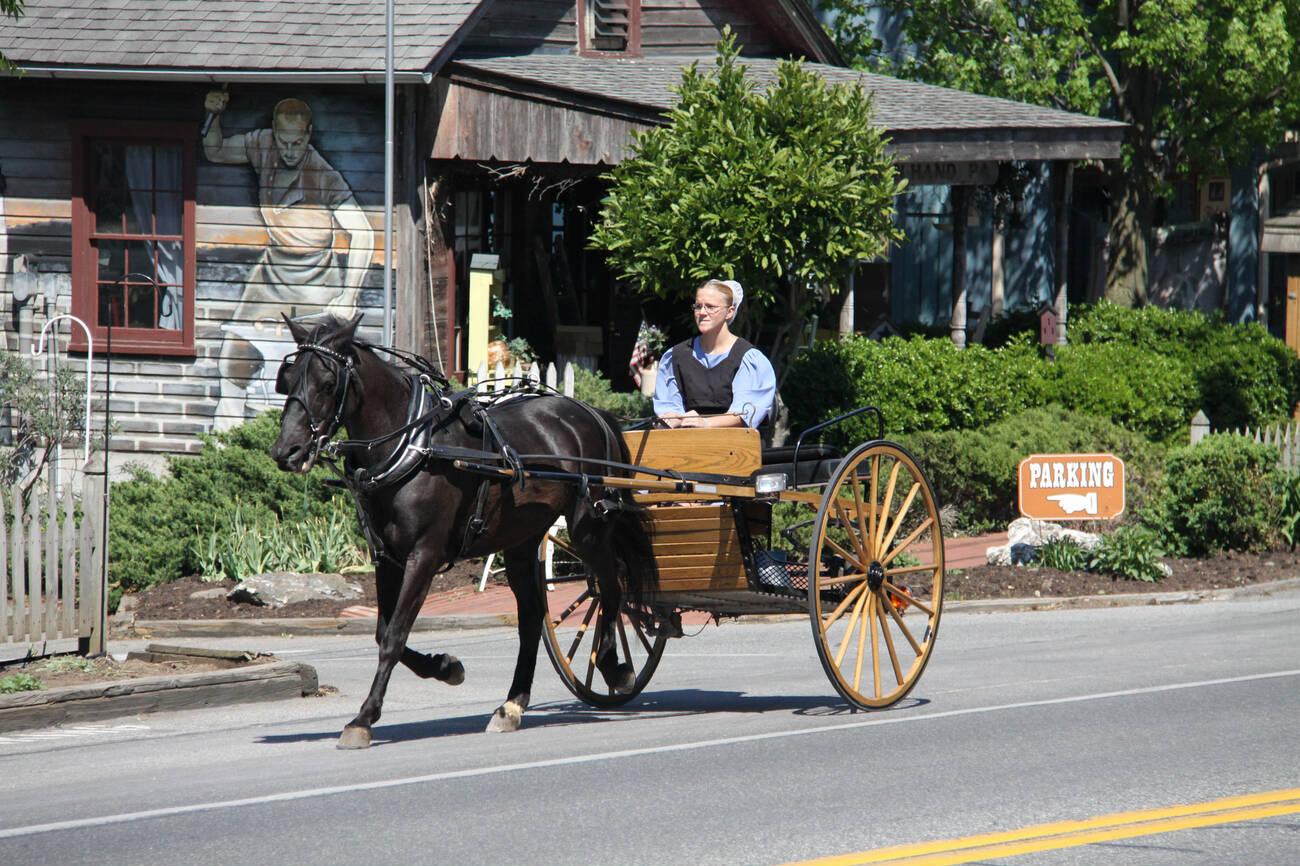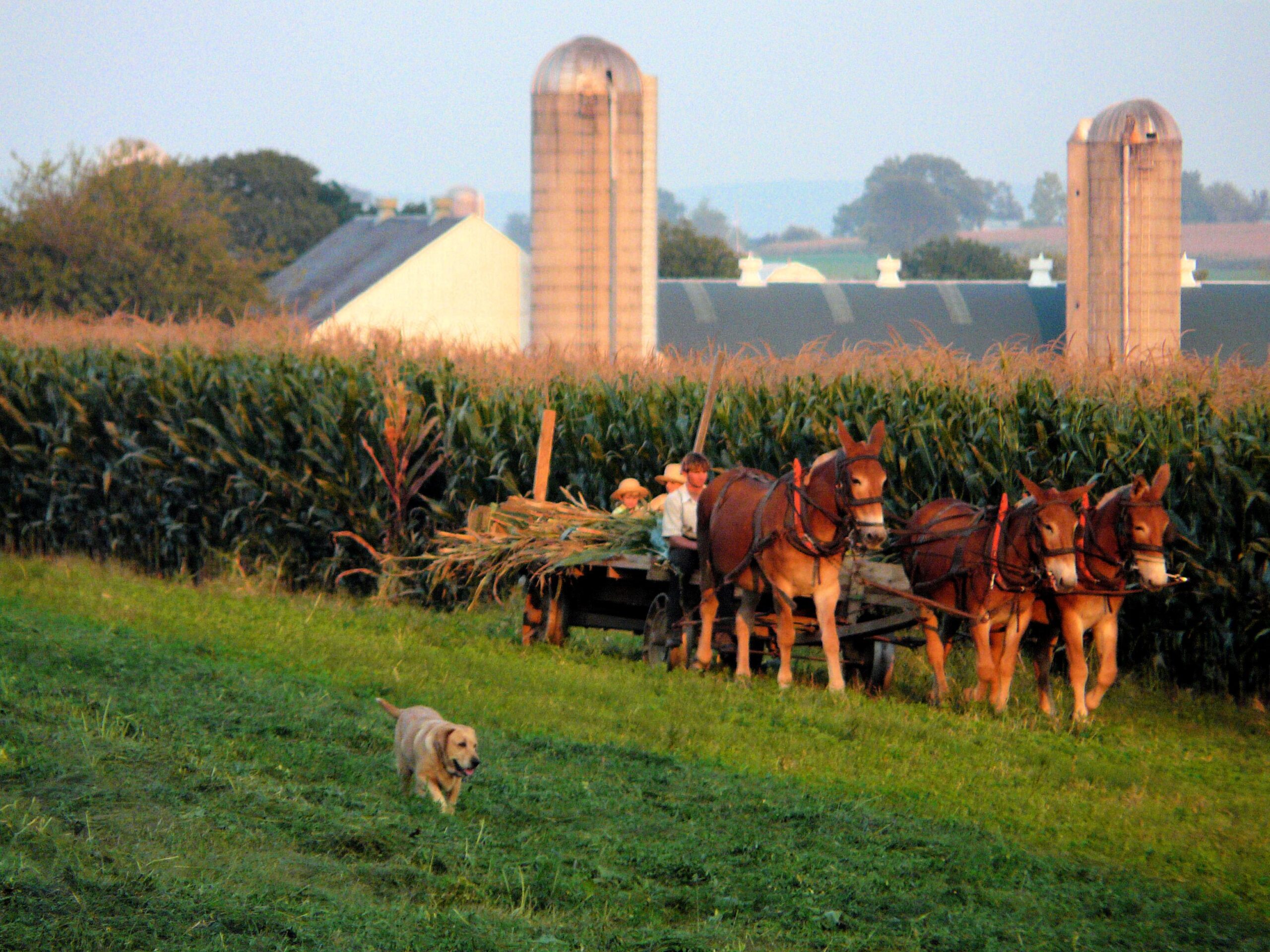Sustainable Travel in Amish Communities
Traveling responsibly is increasingly important, and Amish communities offer a perfect setting for sustainable tourism. Their way of life emphasizes simplicity, environmental stewardship, and local craftsmanship. Visiting these communities allows travelers to enjoy authentic experiences while minimizing their impact on the environment and local culture. Here’s a guide to sustainable travel in Amish Country.
Understanding Amish Sustainability
The Amish have long practiced sustainable living. They grow their own food, avoid unnecessary technology, and rely on renewable resources whenever possible. Many farms use traditional methods, such as crop rotation, natural fertilizers, and animal-powered equipment.
By understanding their lifestyle, visitors can see how sustainability is woven into daily life. This perspective can inspire travelers to adopt eco-friendly habits, even after returning home.
Choosing Eco-Friendly Accommodations
Many visitors stay in local inns, bed-and-breakfasts, or farm stays run by Amish families. Choosing these options supports local economies and reduces reliance on large hotel chains that consume more energy and water.
Farm stays often allow guests to participate in chores or meals, creating a deeper connection to the land and community. Staying locally ensures that tourism dollars stay in the community and contribute to its preservation.
Supporting Local and Handmade Goods
Amish communities are known for their handcrafted items. From quilts and furniture to baked goods and preserves, these products are made with care, using sustainable materials.
Purchasing directly from local artisans reduces carbon footprints linked to mass production and shipping. It also helps preserve traditional skills for future generations. Visitors can shop at local markets, craft shops, and farm stands to buy authentic souvenirs.
Eating Locally and Seasonally
Food is another area where travelers can practice sustainability. Amish meals often use ingredients grown on-site or sourced locally. Seasonal fruits, vegetables, dairy products, and baked goods feature prominently in their cuisine.
Eating locally reduces transportation emissions and supports small-scale farmers. Travelers can also participate in farm-to-table experiences, enjoying freshly harvested food while learning how it was grown.
Choosing Low-Impact Transportation
One of the unique aspects of Amish communities is their reliance on horse-drawn buggies and bicycles. Tourists can embrace low-impact travel by taking buggy rides, walking, or cycling around towns and farmlands.
This reduces fuel consumption and allows travelers to experience the countryside more intimately. Scenic drives in eco-friendly vehicles can also be planned carefully to minimize environmental impact while still enjoying the landscape.
Respecting Local Customs and Environment
Sustainable travel includes respecting both culture and nature. Amish communities value privacy, so always ask before taking photos or visiting private properties. Avoid littering and stay on designated paths during farm visits.
By respecting local rules, travelers help maintain the community’s way of life and protect the environment. Observing simple customs ensures a positive experience for both visitors and residents.
Participating in Educational Experiences
Many Amish tours include educational components. Visitors can learn about traditional farming, renewable practices, and craftsmanship. These experiences raise awareness about sustainable living and inspire eco-conscious decisions in everyday life.
Interactive workshops, such as quilt-making or candle-making, also highlight how materials are used efficiently and with minimal waste. Participating in these activities promotes cultural understanding and sustainability simultaneously.

The Benefits of Sustainable Travel in Amish Country
Traveling sustainably in Amish Country creates a richer experience. You’ll enjoy authentic interactions, fresh local food, and handmade crafts, all while minimizing environmental impact. By supporting local communities and respecting traditions, travelers leave a positive mark rather than a footprint.
Moreover, sustainable travel encourages mindfulness and appreciation for simple living. Observing the Amish way of life reminds visitors that happiness often comes from connection, stewardship, and purpose, rather than consumption.
Conclusion
Sustainable travel in Amish communities is about more than reducing environmental impact—it’s about embracing simplicity, supporting local economies, and respecting traditions. From eco-friendly accommodations and local meals to low-impact transportation and handcrafted goods, every choice contributes to a responsible visit. Travelers leave with not only memories but also inspiration to live more sustainably. Visiting Amish Country responsibly allows you to experience the charm of a timeless way of life while protecting it for generations to come.



